Latest News
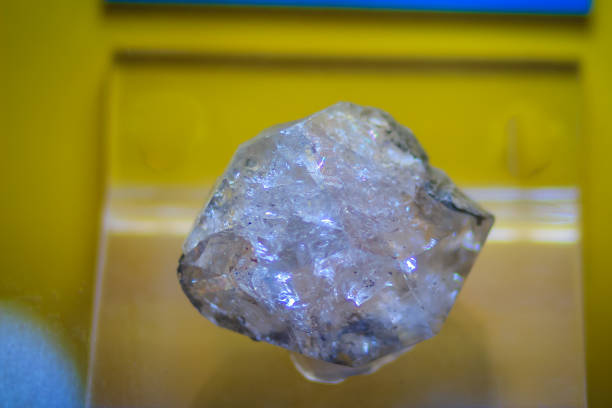 Revolutionizing Water Treatment: Anionic Emulsion Polyacrylamide's Role in Purification
2024-04-26
Revolutionizing Water Treatment: Anionic Emulsion Polyacrylamide's Role in Purification
2024-04-26
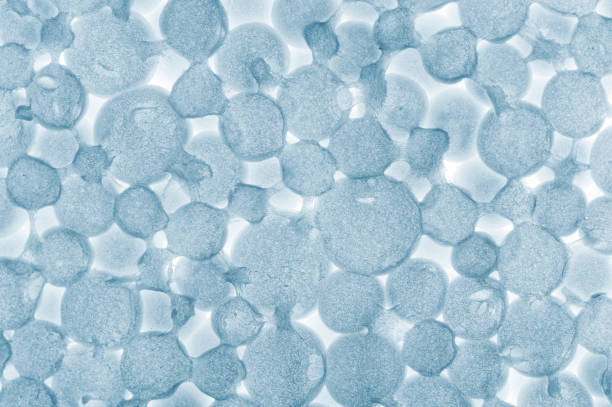 Understanding Anionic Emulsion Polyacrylamide
2024-04-08
Understanding Anionic Emulsion Polyacrylamide
2024-04-08
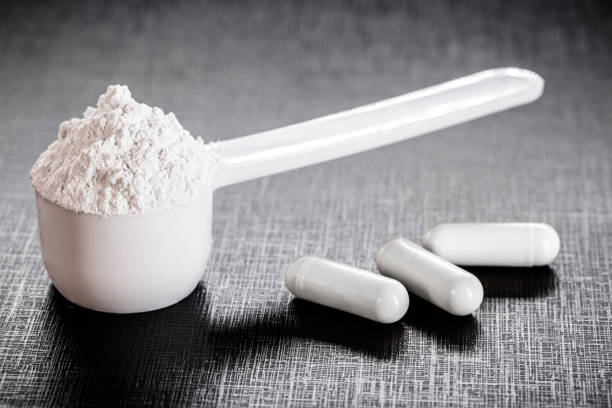 Enhancing Oil Recovery Processes with Powder Anionic Polyacrylamide
2024-03-27
Enhancing Oil Recovery Processes with Powder Anionic Polyacrylamide
2024-03-27
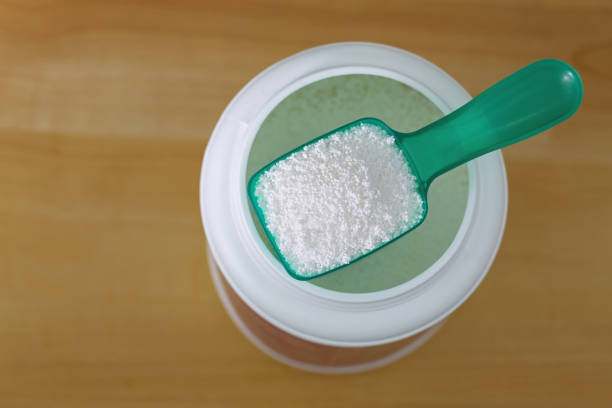 Impact of Powder Anionic Polyacrylamide in Enhancing Papermaking Processes
2024-03-25
Impact of Powder Anionic Polyacrylamide in Enhancing Papermaking Processes
2024-03-25
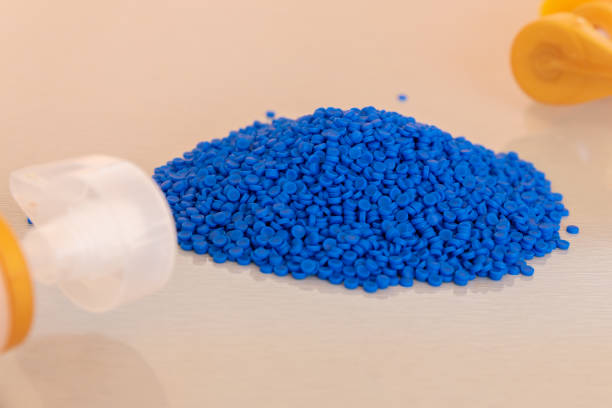 Navigating Environmental Stewardship: The Impact of Polycrylamide Emulsions
2024-03-23
Navigating Environmental Stewardship: The Impact of Polycrylamide Emulsions
2024-03-23
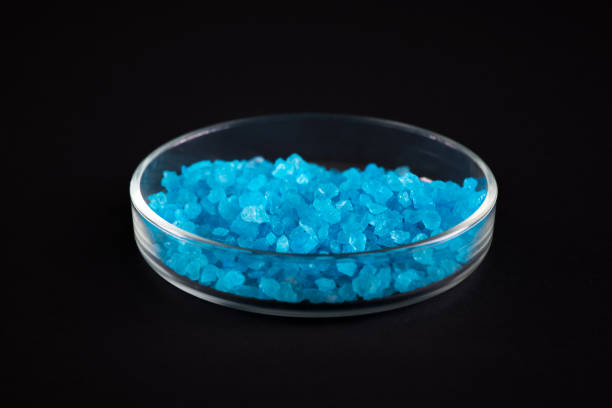 Finding the Perfect Compatibility: Polycrylamide Emulsions and Other Chemicals
2024-03-21
Finding the Perfect Compatibility: Polycrylamide Emulsions and Other Chemicals
2024-03-21
Precipitation refers to some substances generated in the process of chemical reaction that are not soluble in the solution where the reactant is located. Literally, it is to remove the precipitation through the action of gravity, and the removal of suspended substances in sewage is a physical process. In this process, the application of cationic polyacrylamide is a simple and effective method. It is one of the important technologies for sewage treatment at present. Next, we will talk about the technical process of cationic polyacrylamide used in sewage treatment.
Cationic polyacrylamide is divided into flocculation sedimentation, natural sedimentation and regional sedimentation according to suspended substances, their concentration properties and flocs. The concentration of suspended particles in the regional sedimentation is relatively high. The particles will be affected by the surrounding or other particles in the process of sedimentation, and the relative position between the particles remains unchanged. In this way, the particles form a whole, sink under the action of gravity, and there is a clear interface cation with the clean water. Regional sedimentation occurs in both polyacrylamide sedimentation tank and sludge concentration tank.
The concentration of suspended solids in sewage is not high, and after adding cationic polyacrylamide, they do not have the performance of condensation. In this process, the shape of solid particles will not change, nor will they adhere to each other. They have completed the precipitation process. The growth of some suspended particles occurs in the process of high concentration. Due to the high concentration of cationic pam suspended particles, the particles become a lump structure through extrusion, and they contact and support each other. The water of sinking particles is discharged under the action of gravity in the upper layer, making the sludge wait for concentration.
Natural precipitation occurs in water. The concentration of suspended solids is not high, and the suspended solids do not interfere with each other in the precipitation process. The particles are precipitated separately, and the precipitation trajectory of the particles is in a straight line. During the whole precipitation process, the physical properties of particles, such as shape, size and specific gravity, will not change. The sedimentation of such particles in the grit chamber is free sedimentation.
Flocculation sedimentation is a process in which particles are flocculated and precipitated in water. After adding cationic pam coagulant into water, the colloid and dispersed particles of suspended solids form flocs under the interaction of molecular force, and they collide and condense with each other in the process of sedimentation, with their size and mass increasing and sedimentation speed increasing. The removal rate of suspended solids depends not only on the sedimentation rate, but also on the sedimentation depth.
